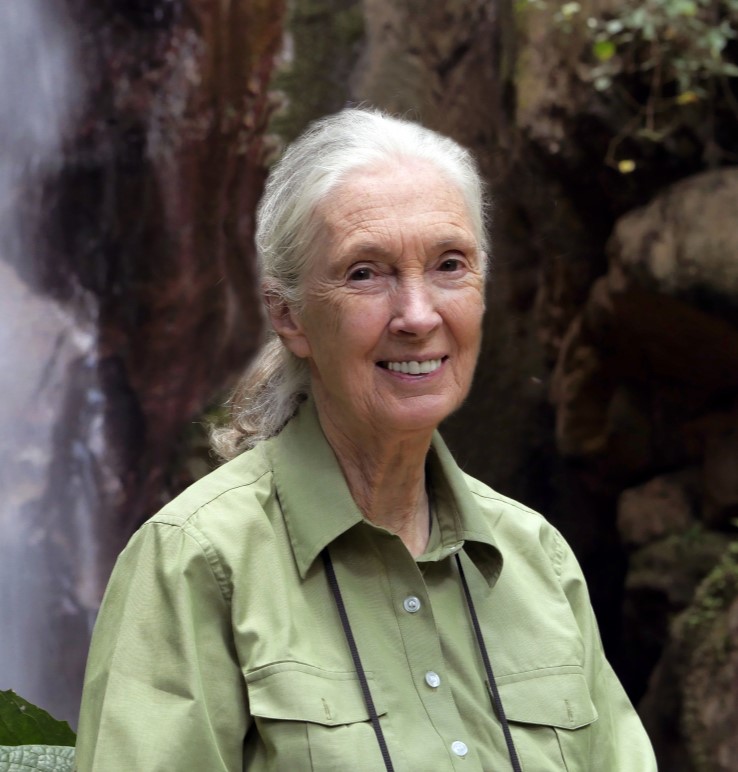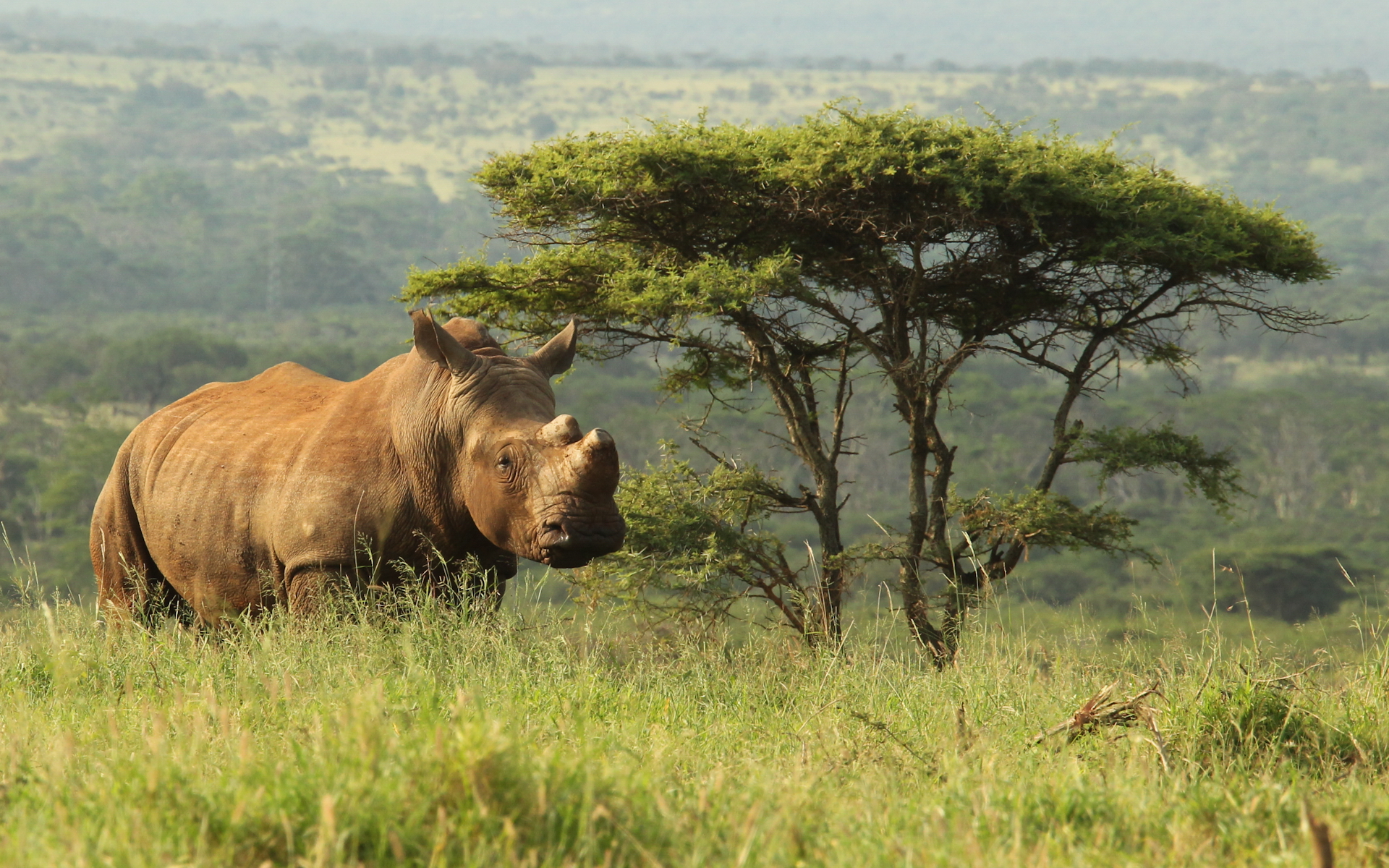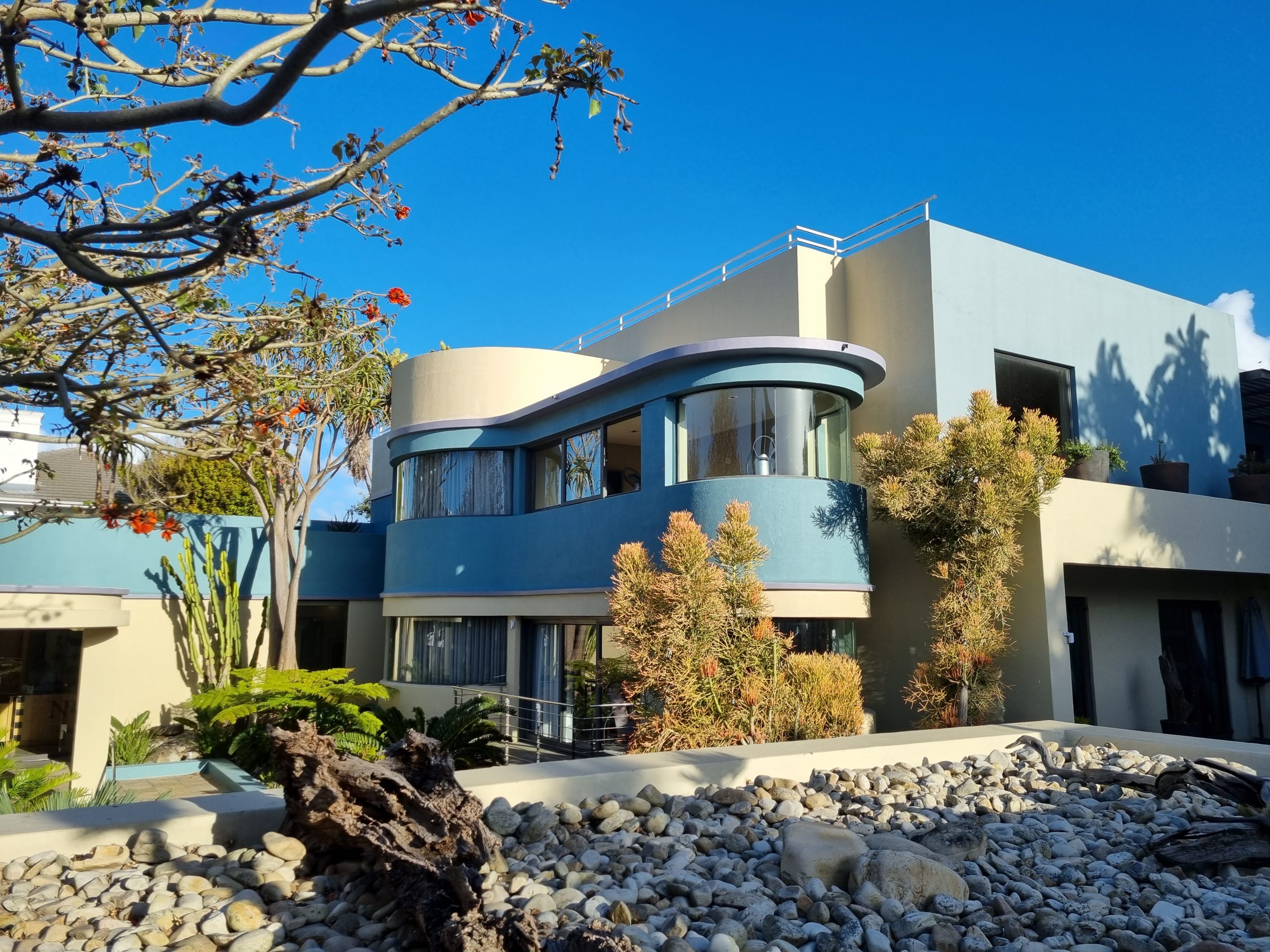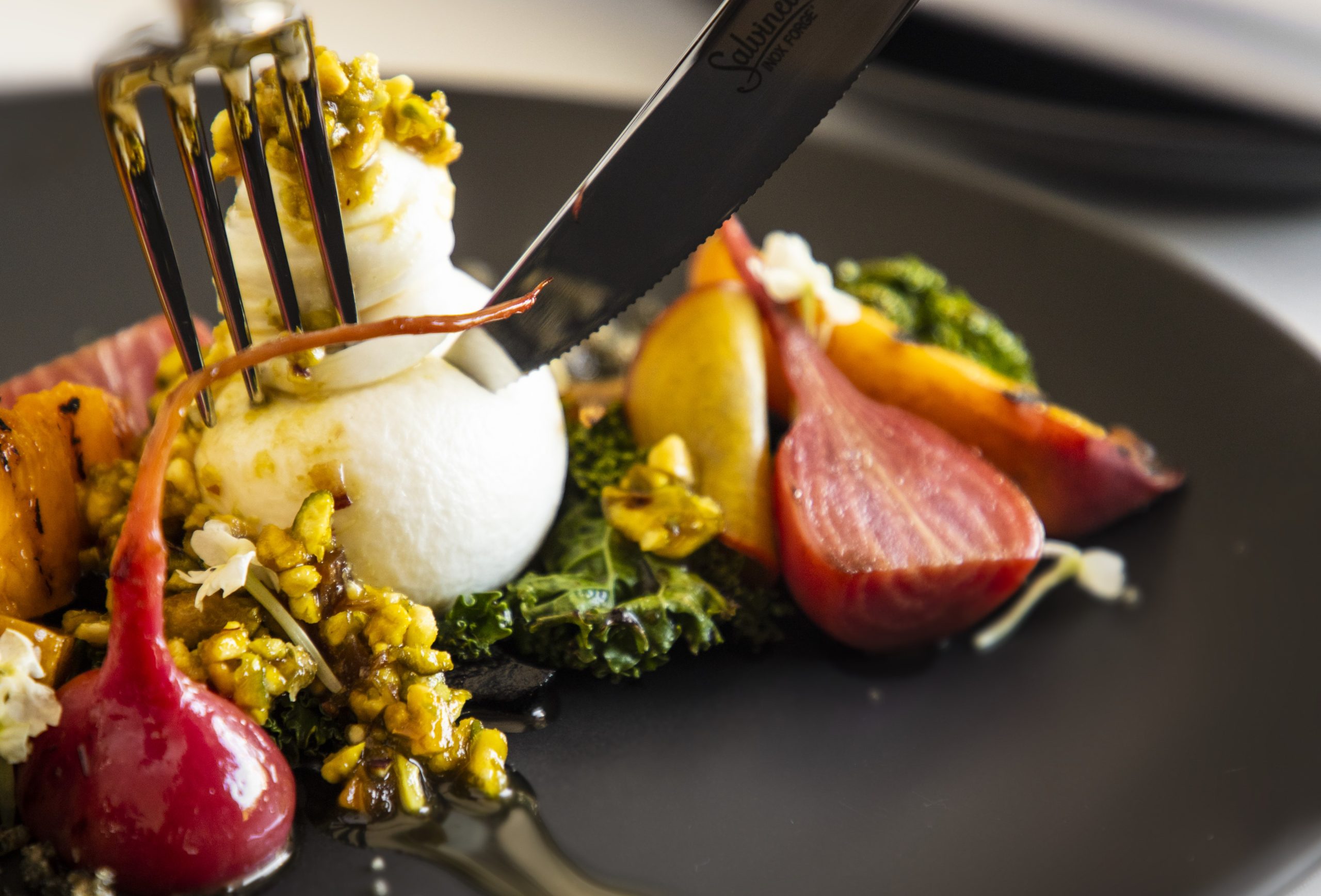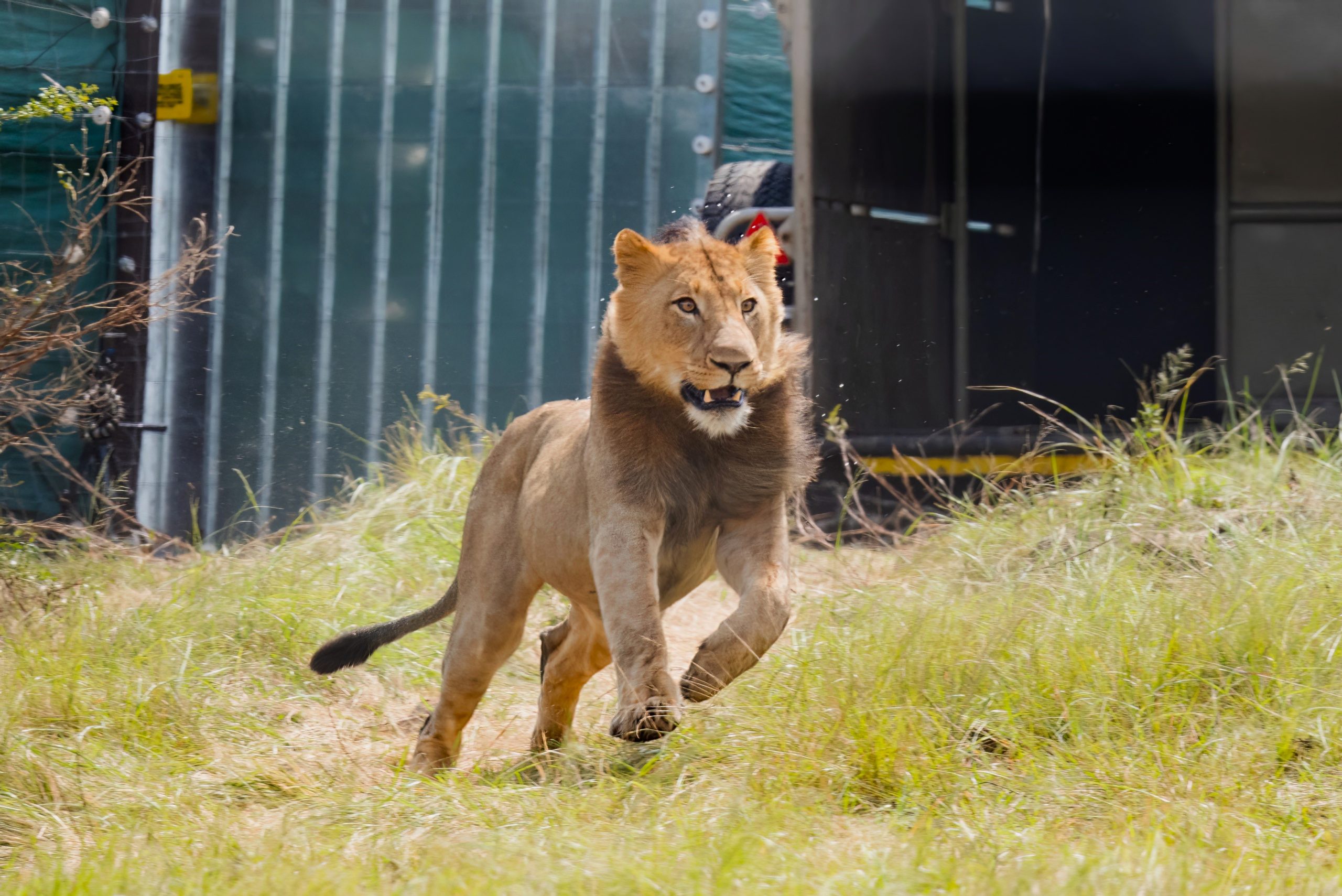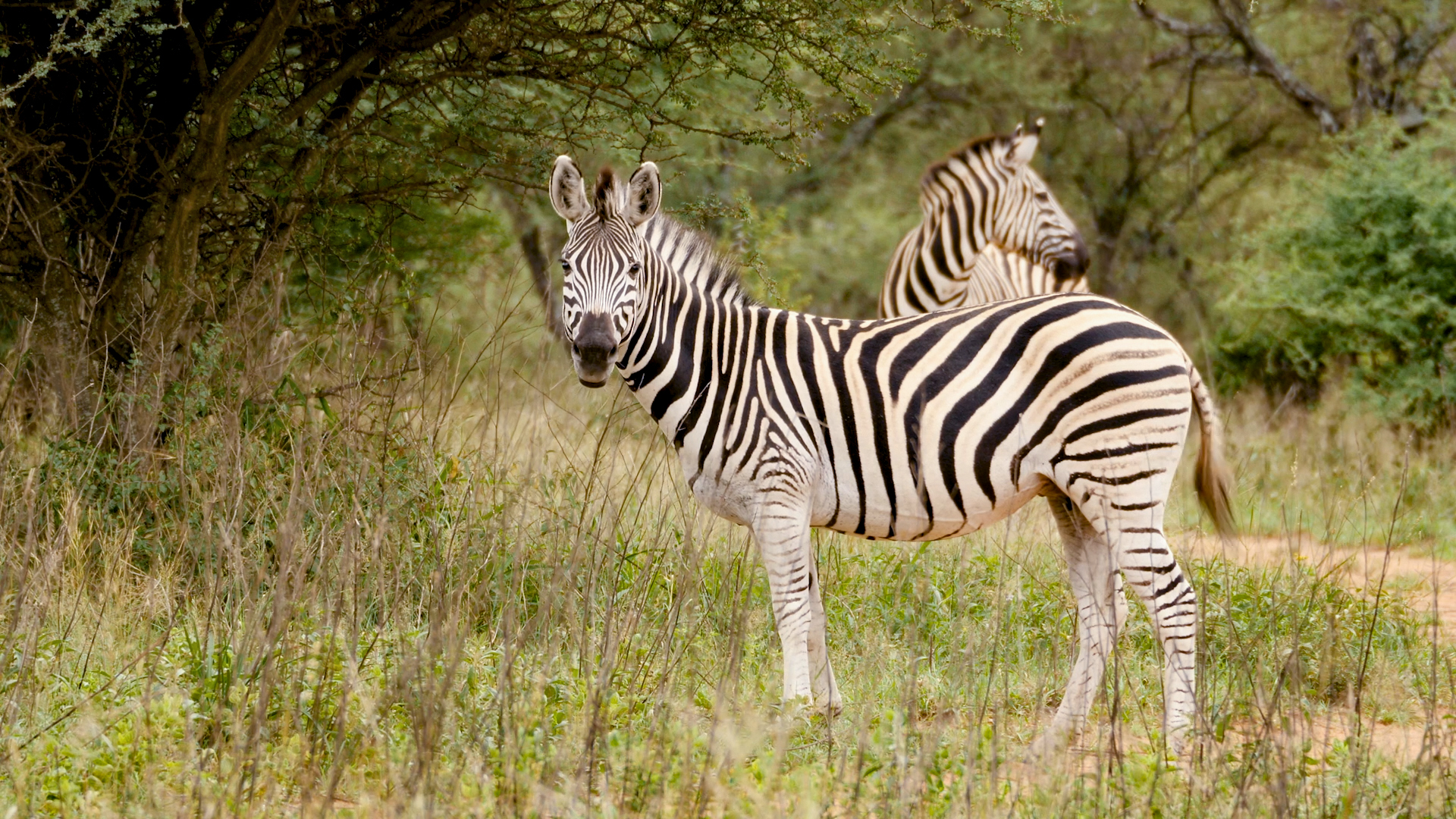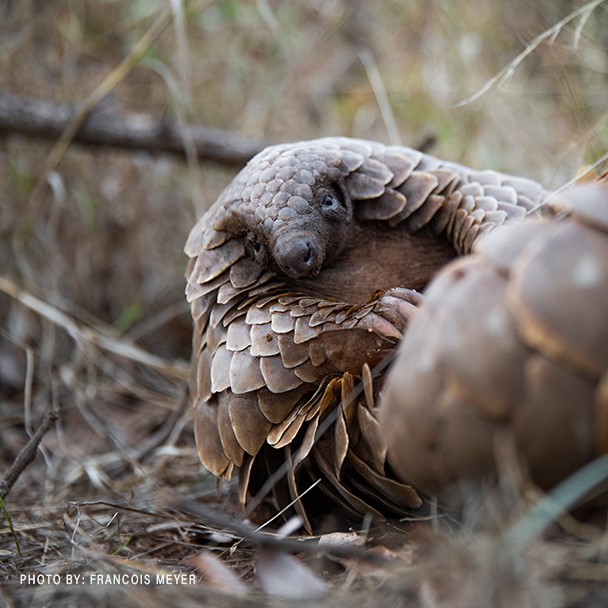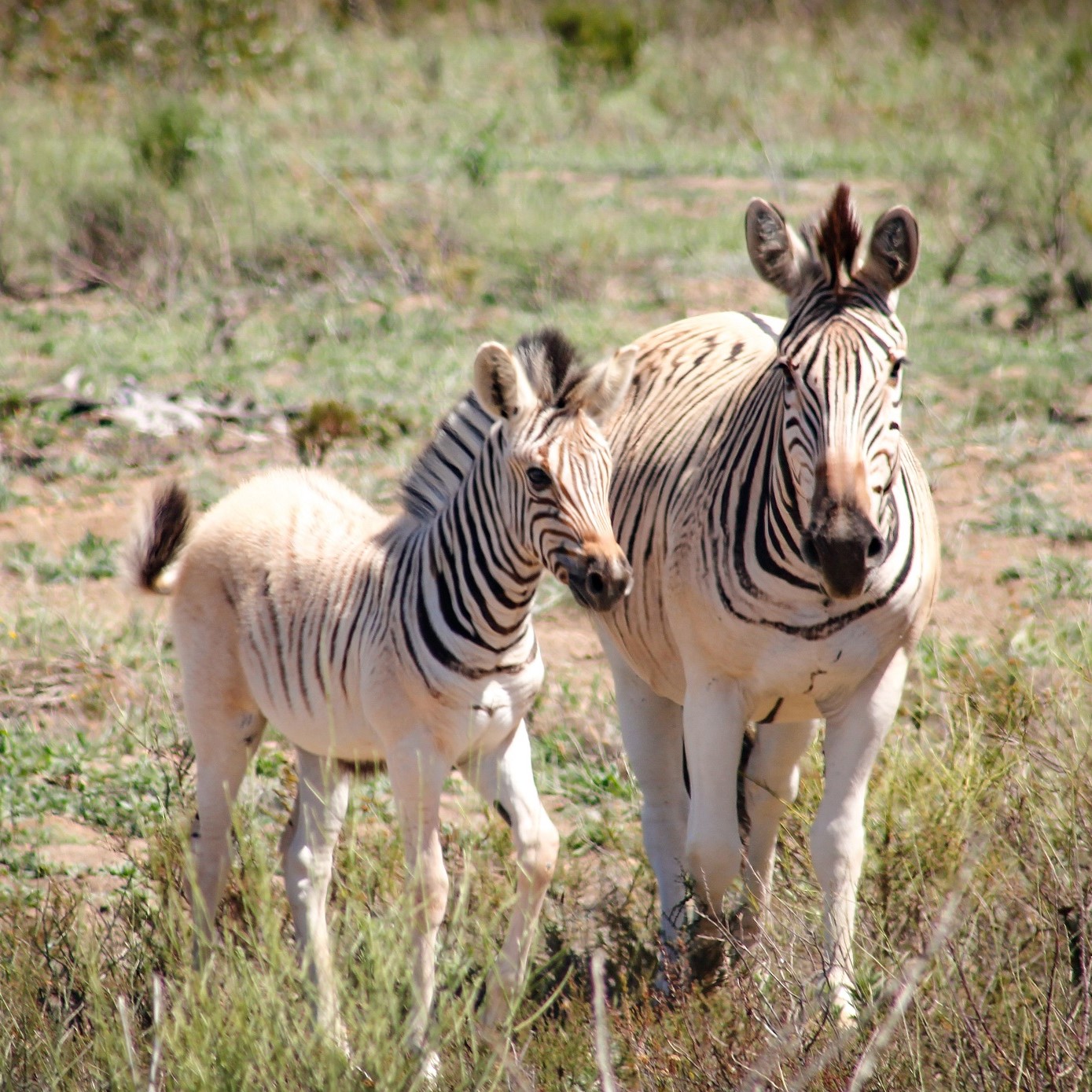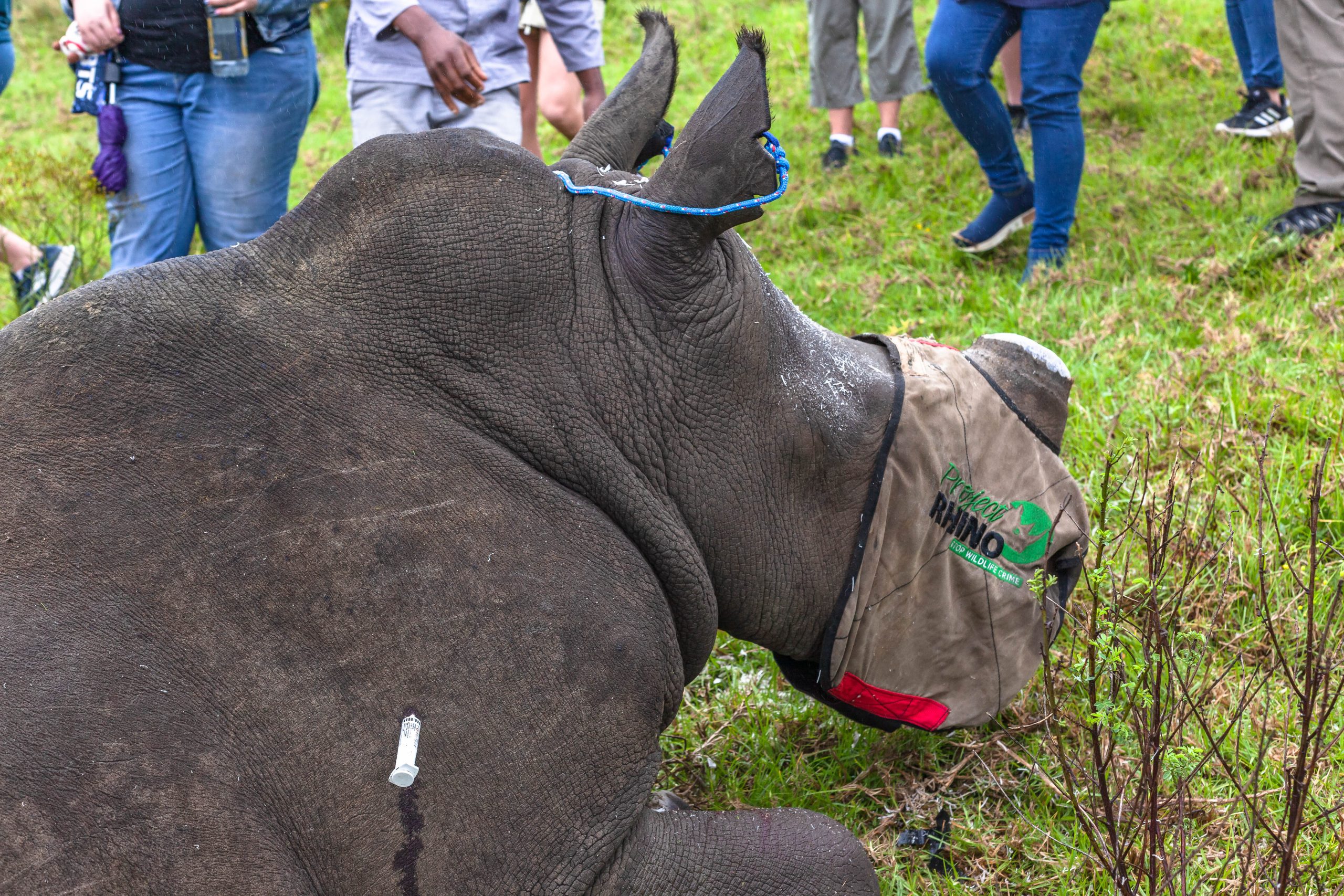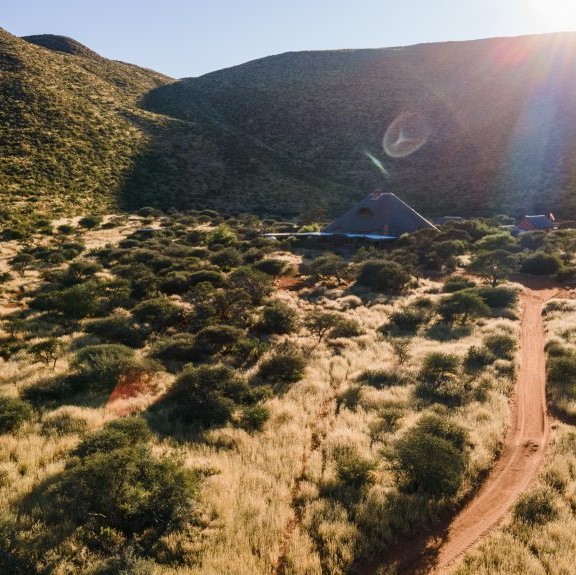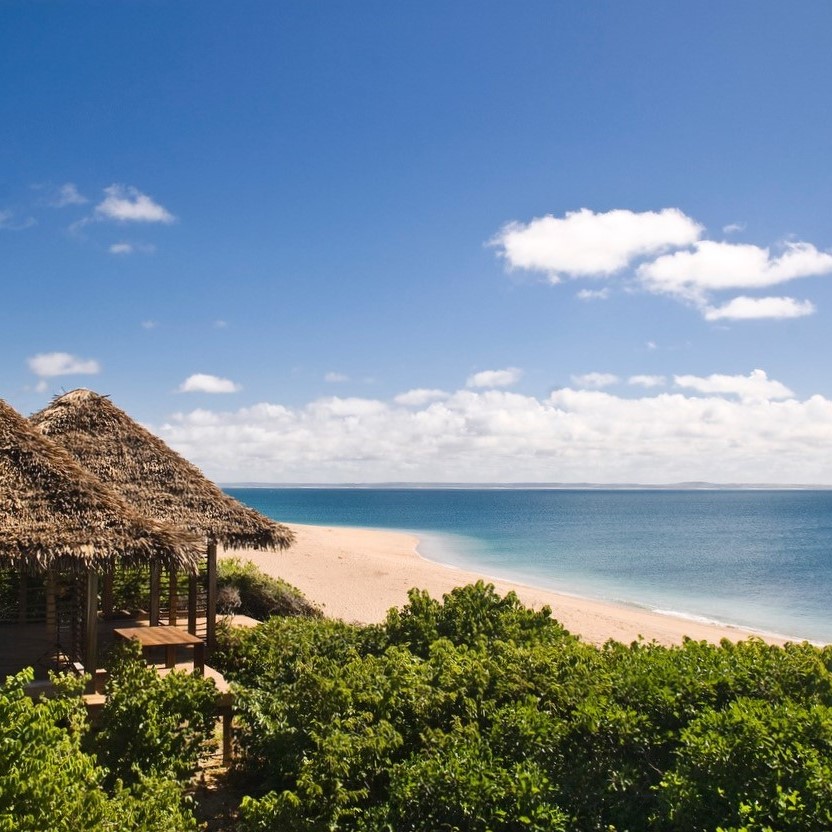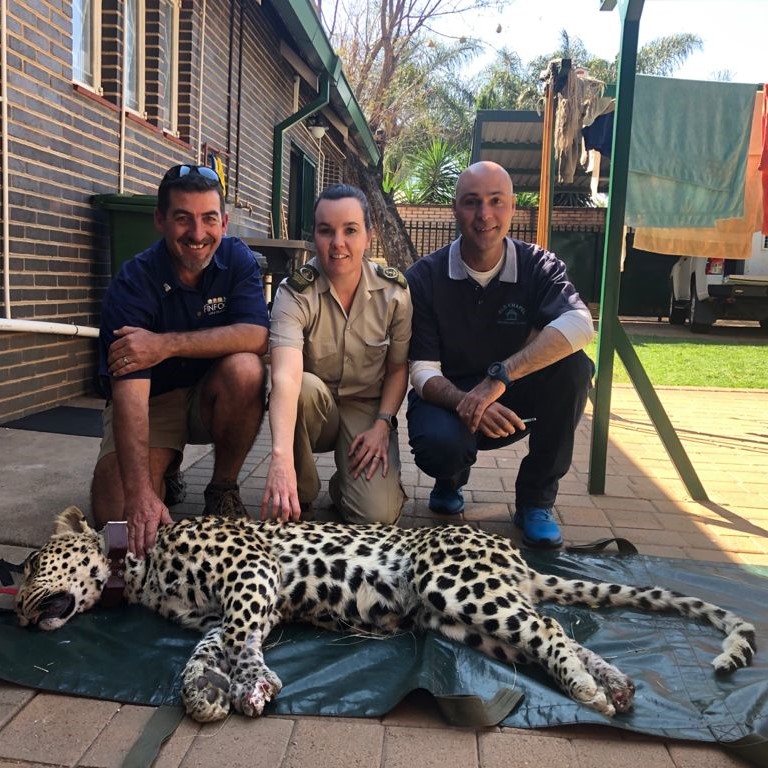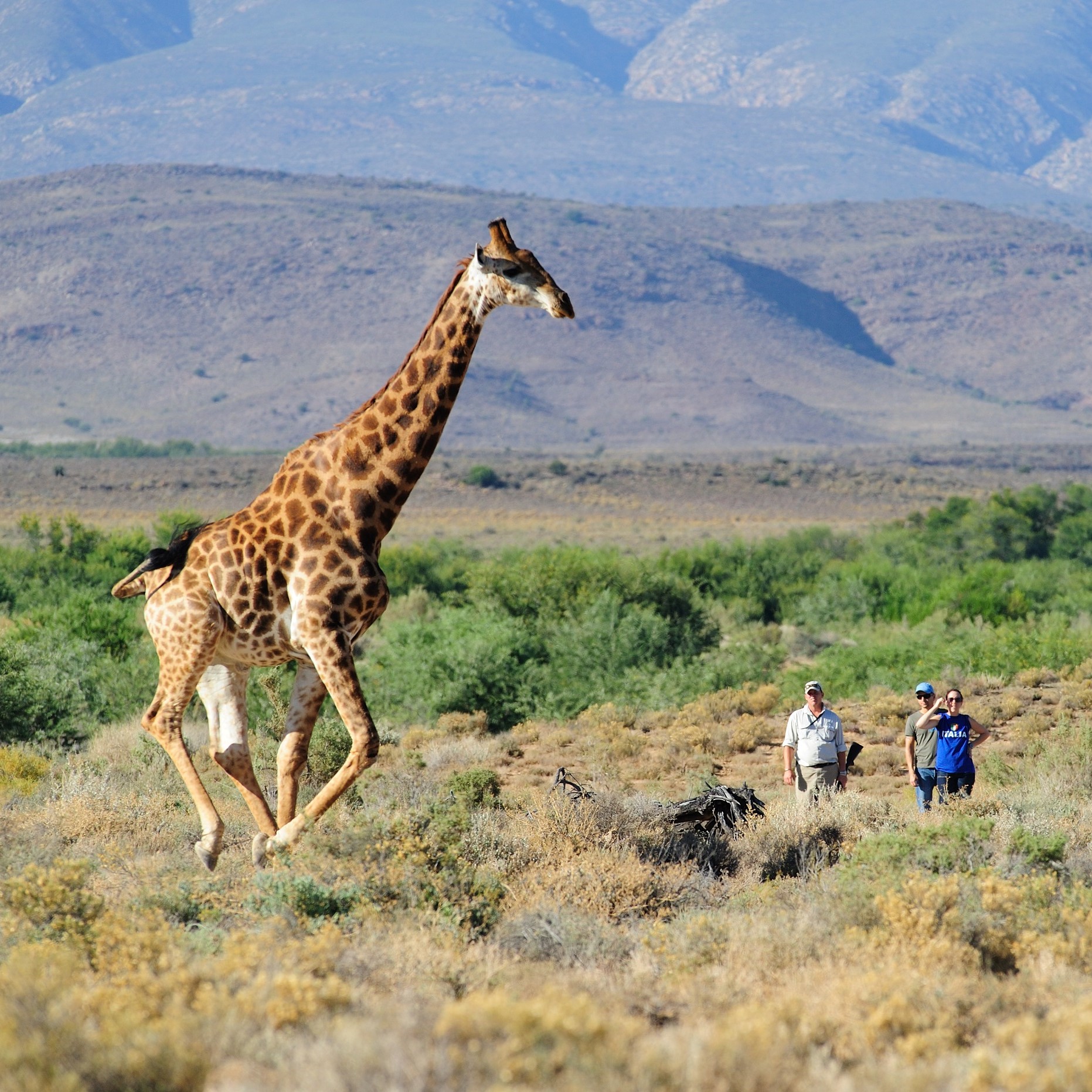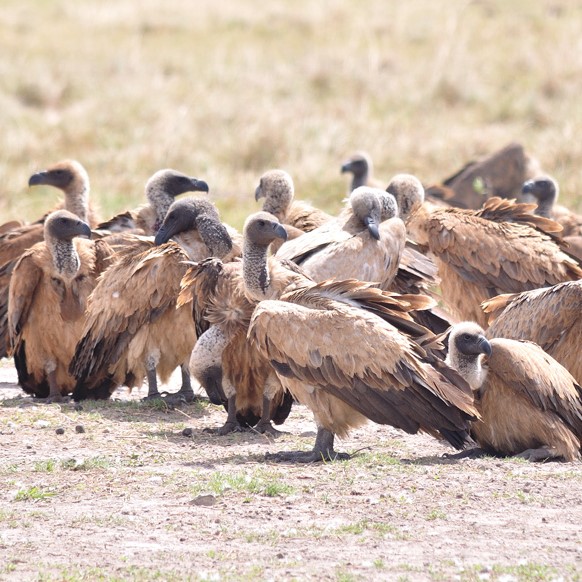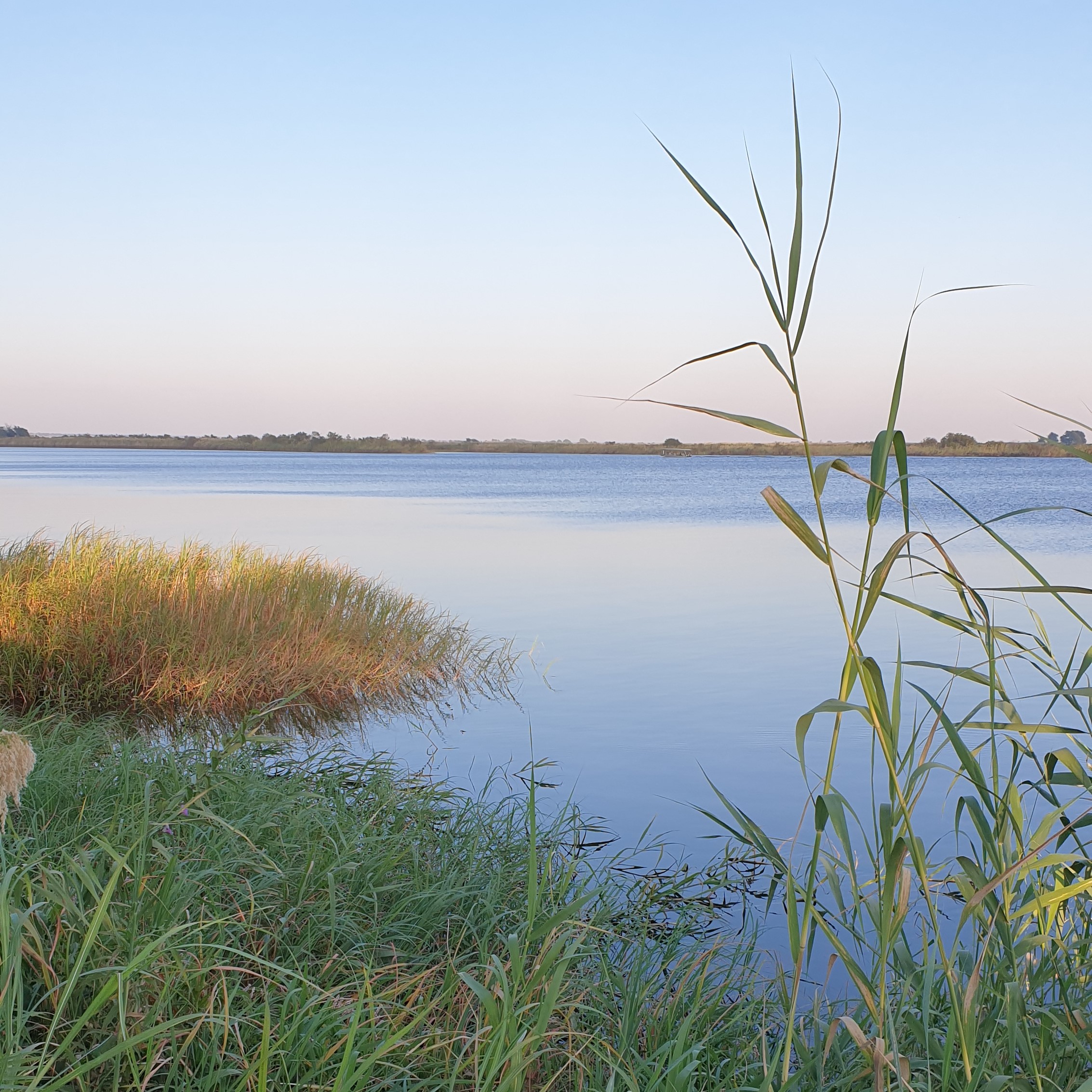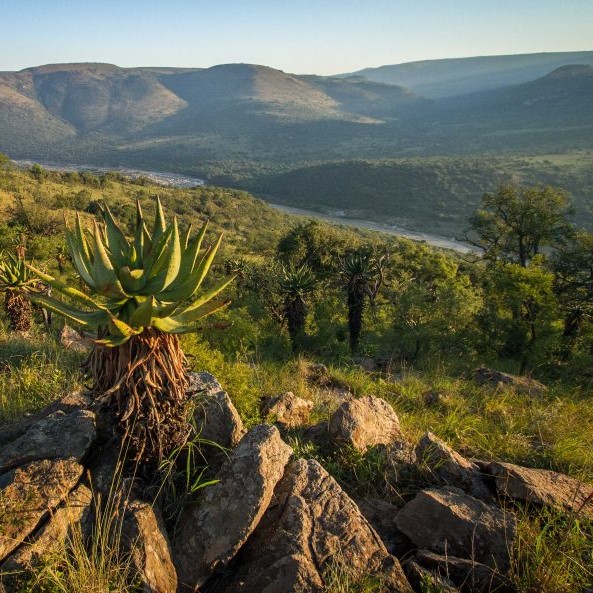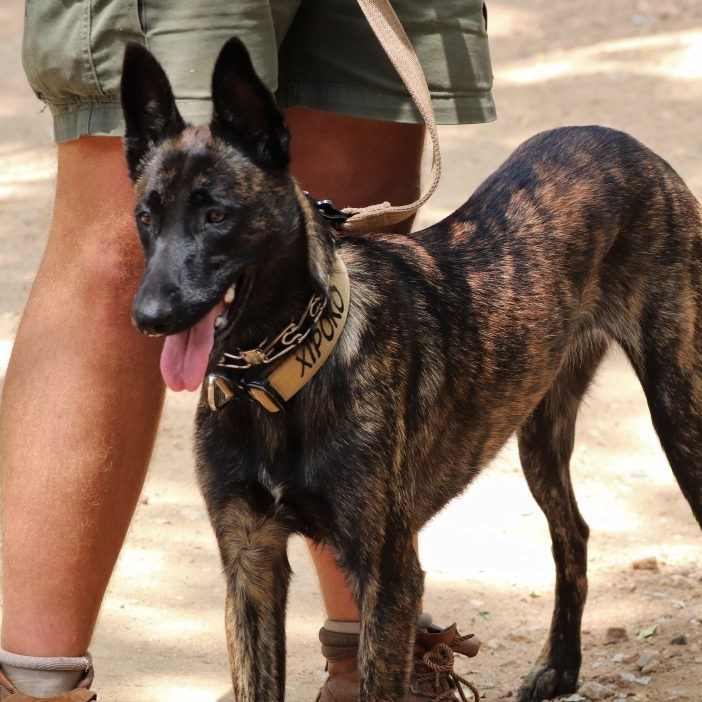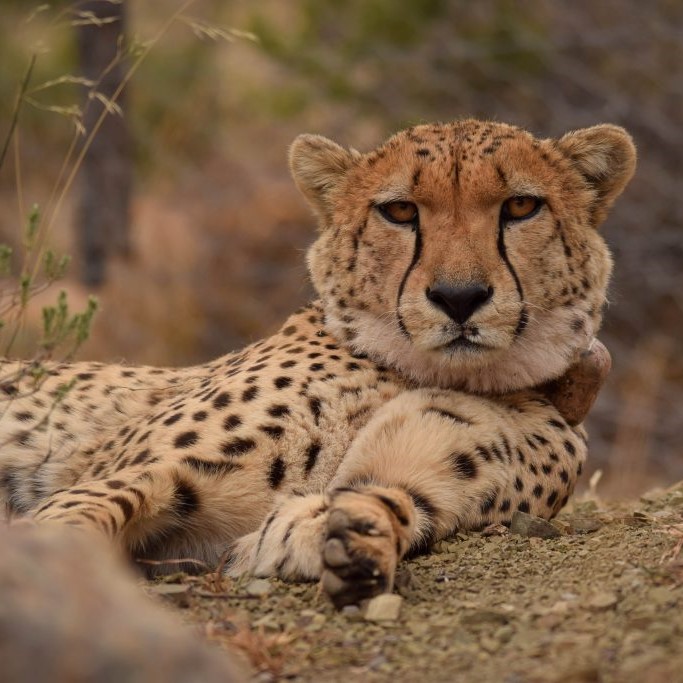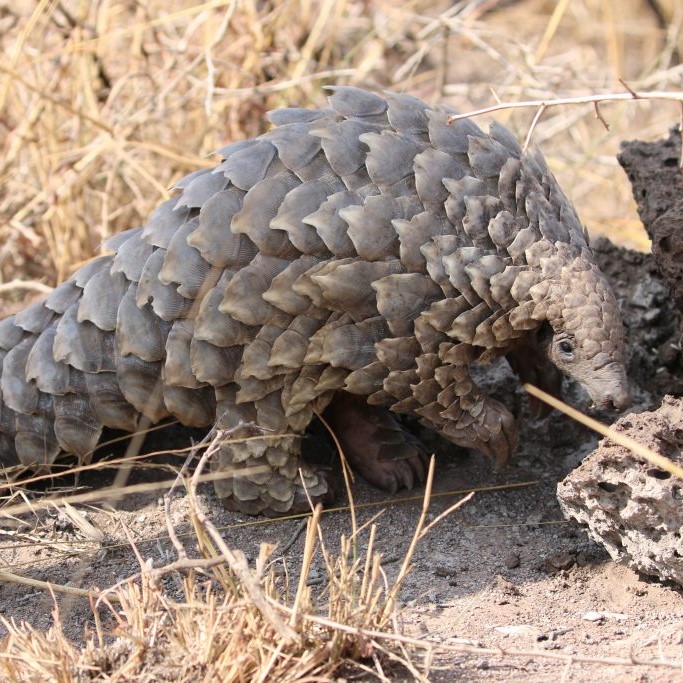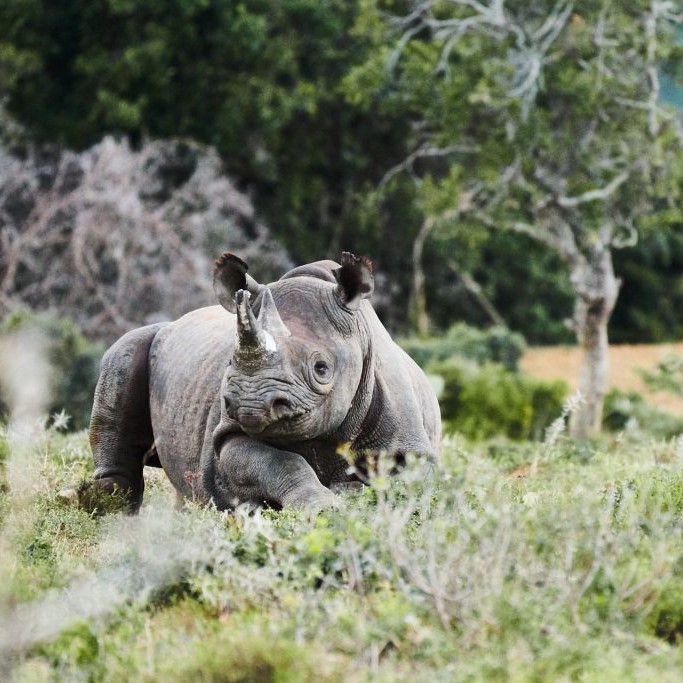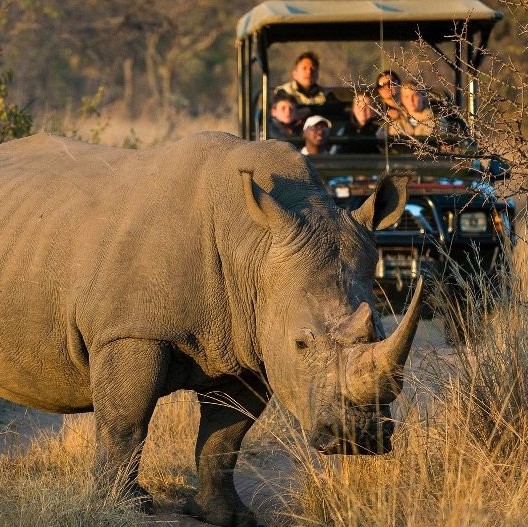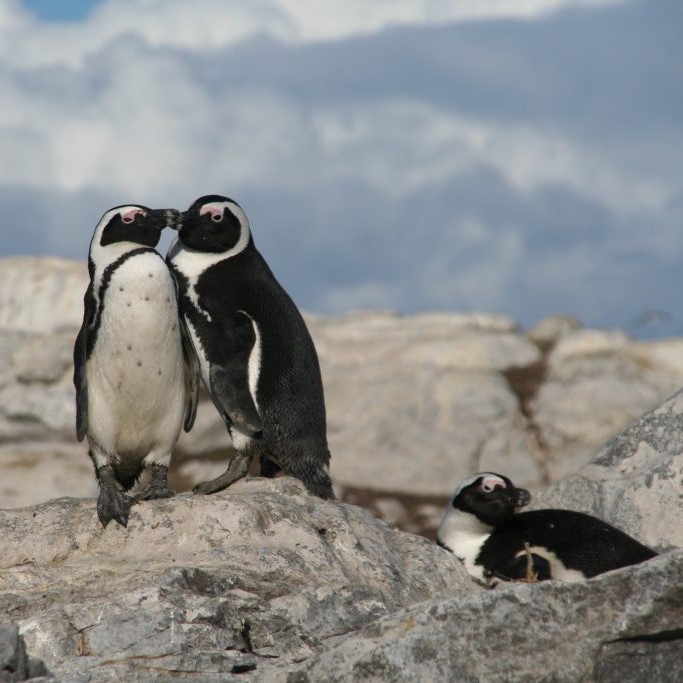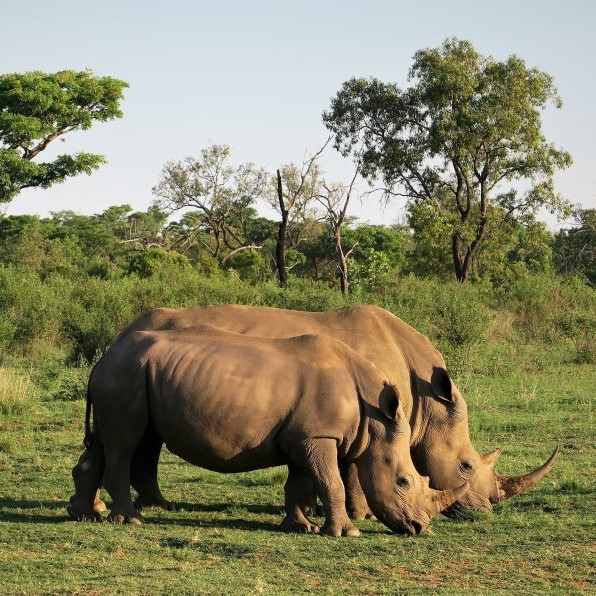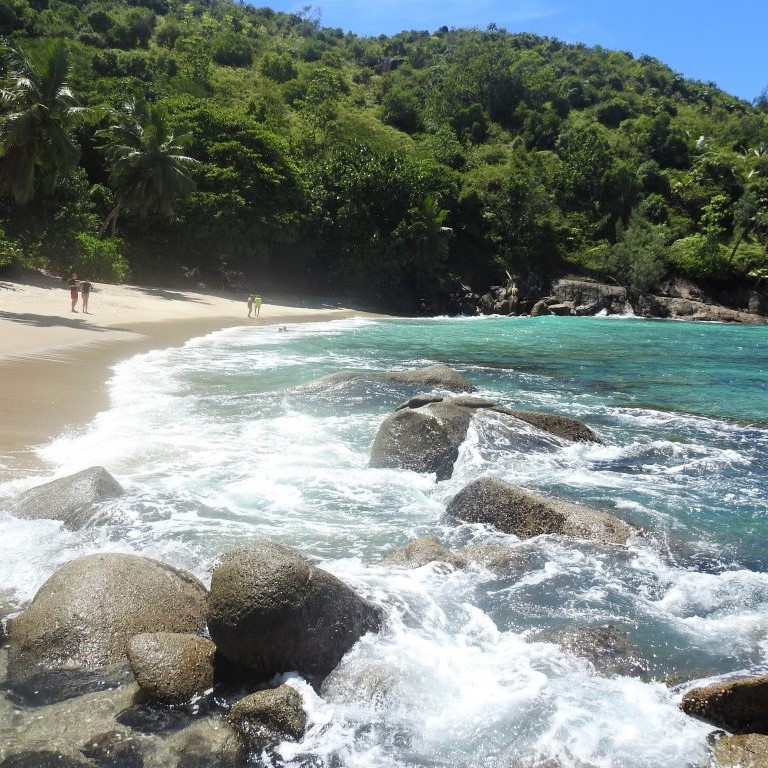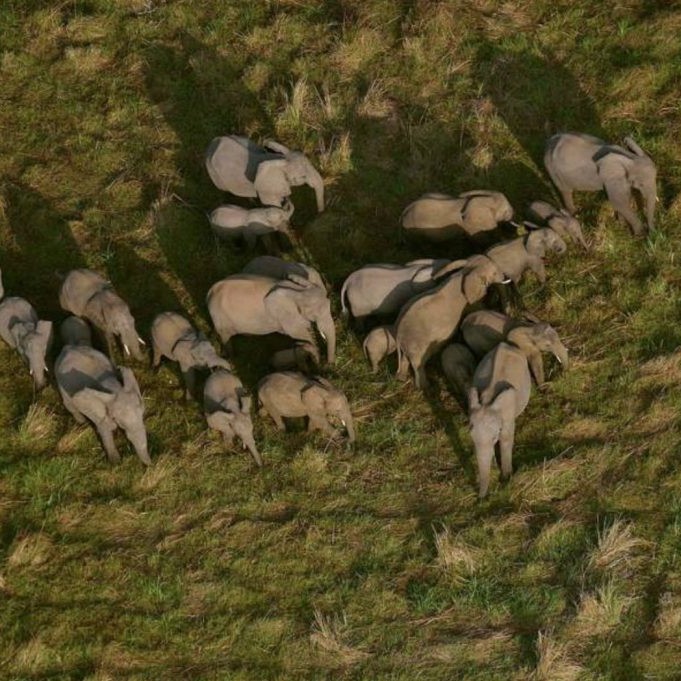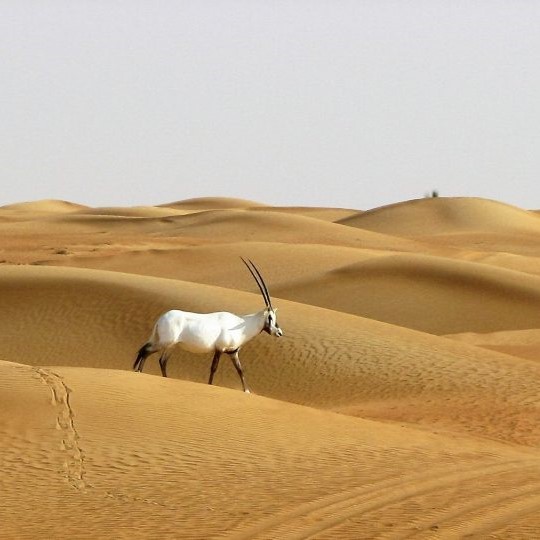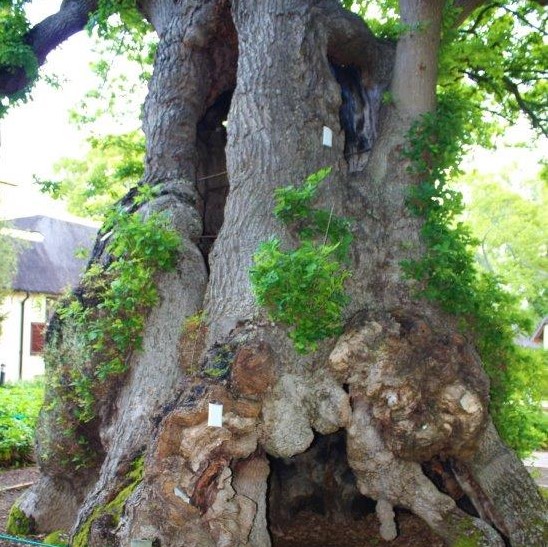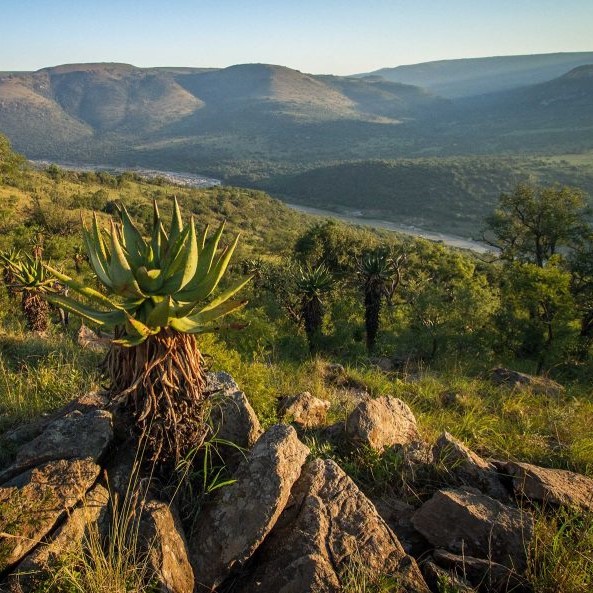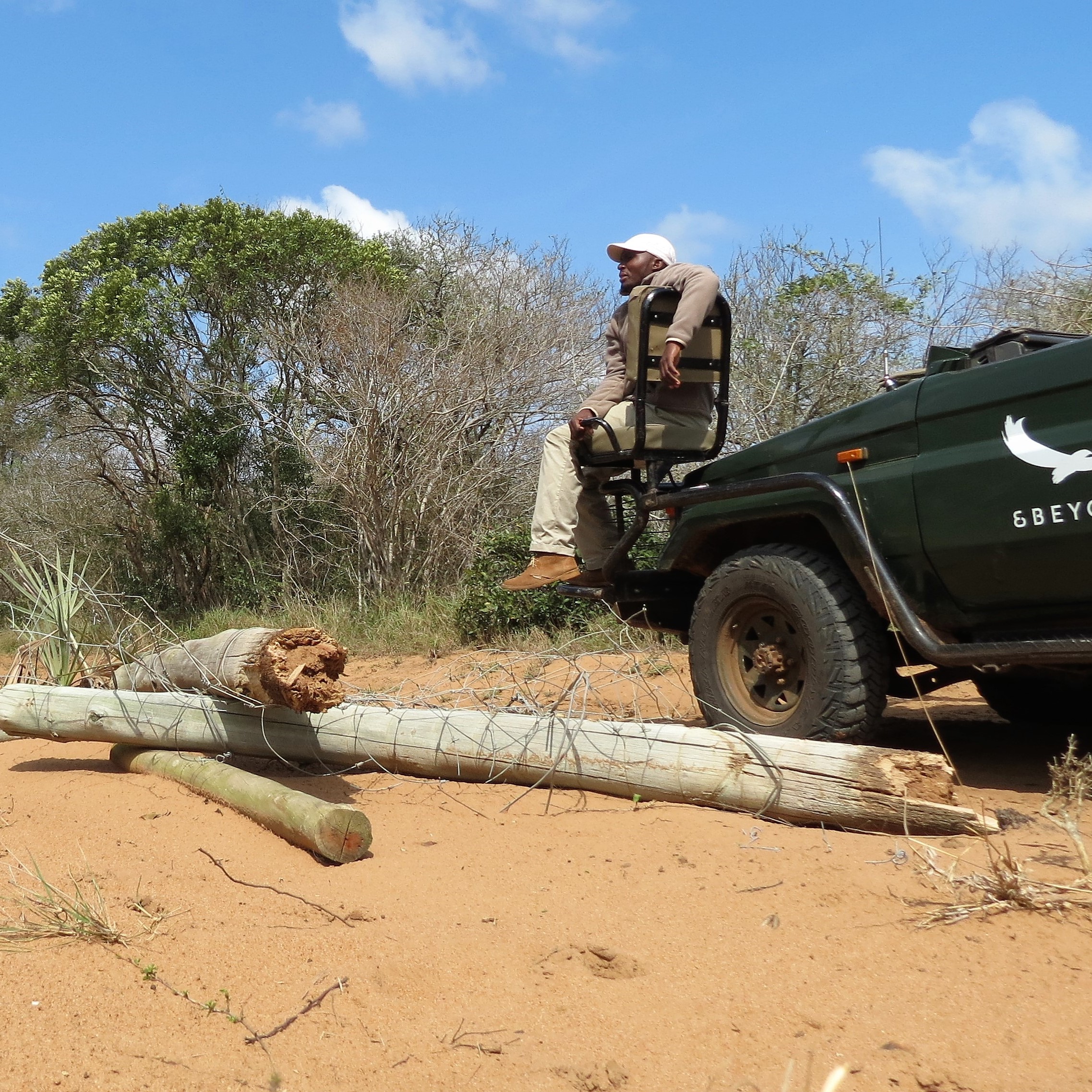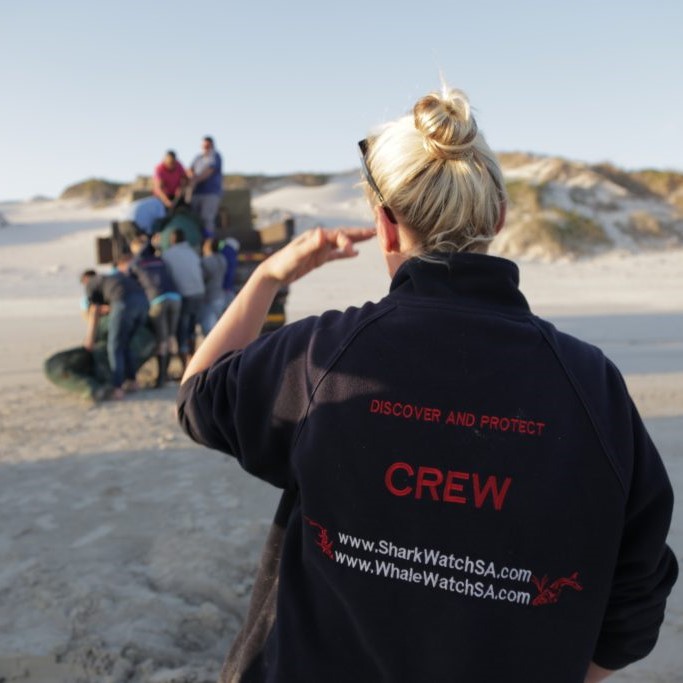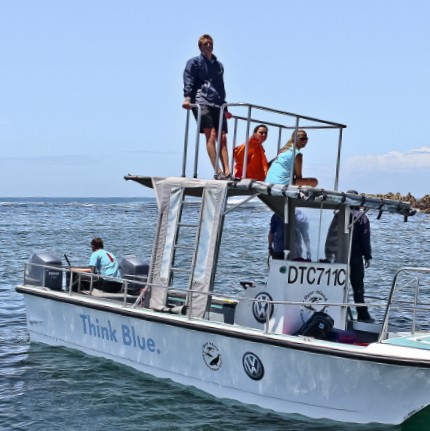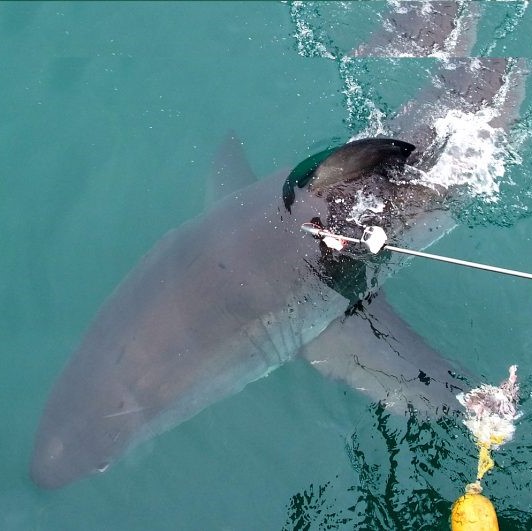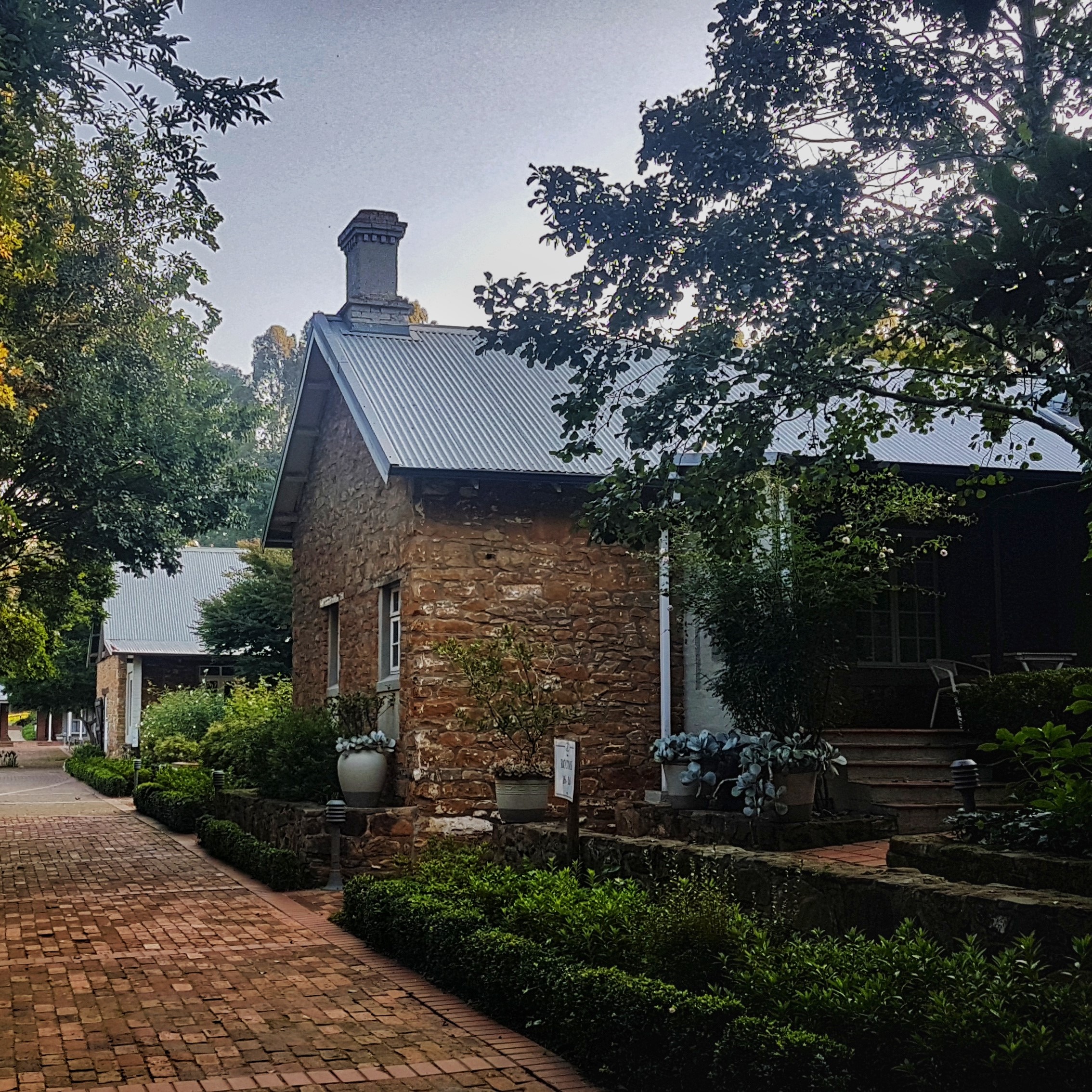Late summer in the desert is hot, very hot. So the luxury of my own private pool at Al Maha was something of a delight – it seemed rather surreal to be up to my shoulders in water yet overlooking the shimmering sands of the Arabian Desert.
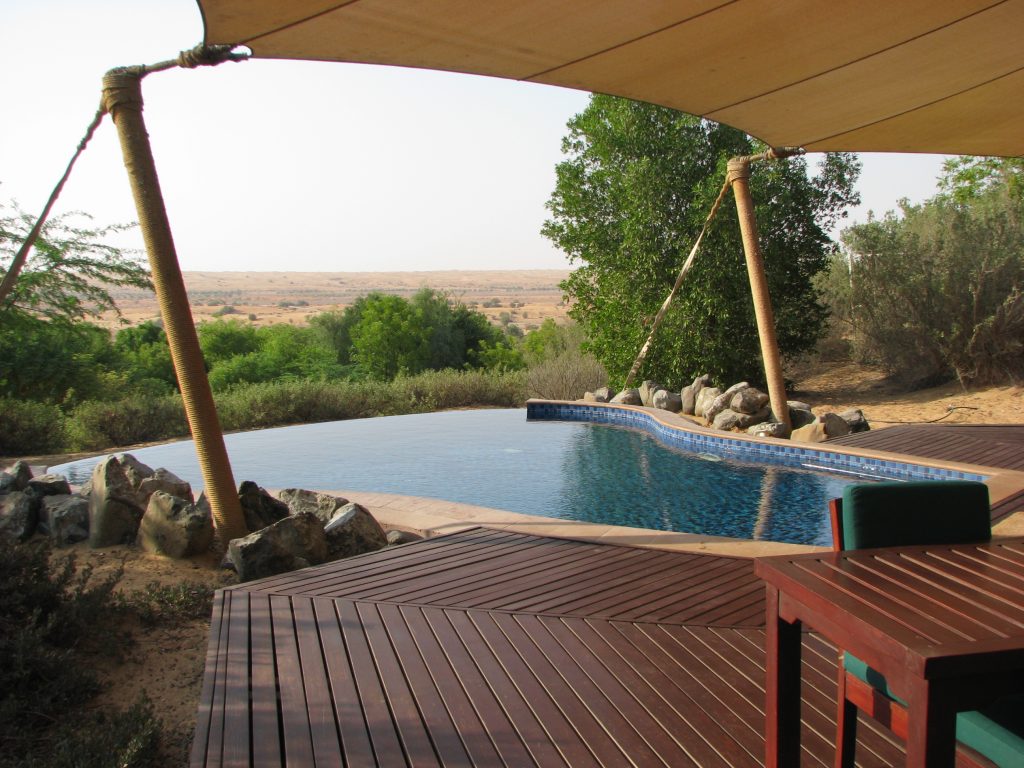
But this is what Al Maha is all about – a contradiction to preconceived ideas. Water in the desert? Plants, animals, birds? This oasis has them all and is mindful of the environmental impact that it has on this sensitive area. Al Maha has perfected the subtle balance between luxury and the preservation of the natural environment.
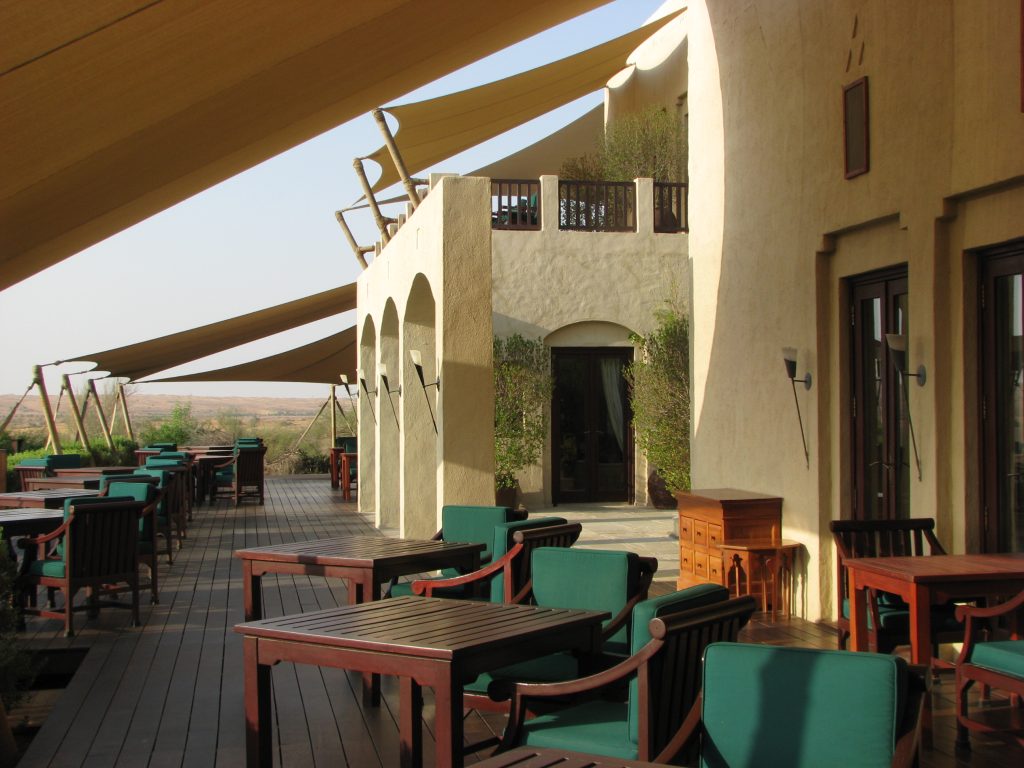
The Al Maha Desert Resort and Spa goes far beyond being an exotic holiday destination. Since its inception and its opening in 1999 Al Maha has led the regions’ conservation efforts with large scale habitat rehabilitation programs. These include the propagation of over 6,000 indigenous trees, shrubs and grasses, and the re-introduction of the regions’ first free-roaming herds of endangered Oryx and many other indigenous wildlife species, Al Maha is an ever-growing haven of protection for the many large and small mammal and bird species of Arabia.
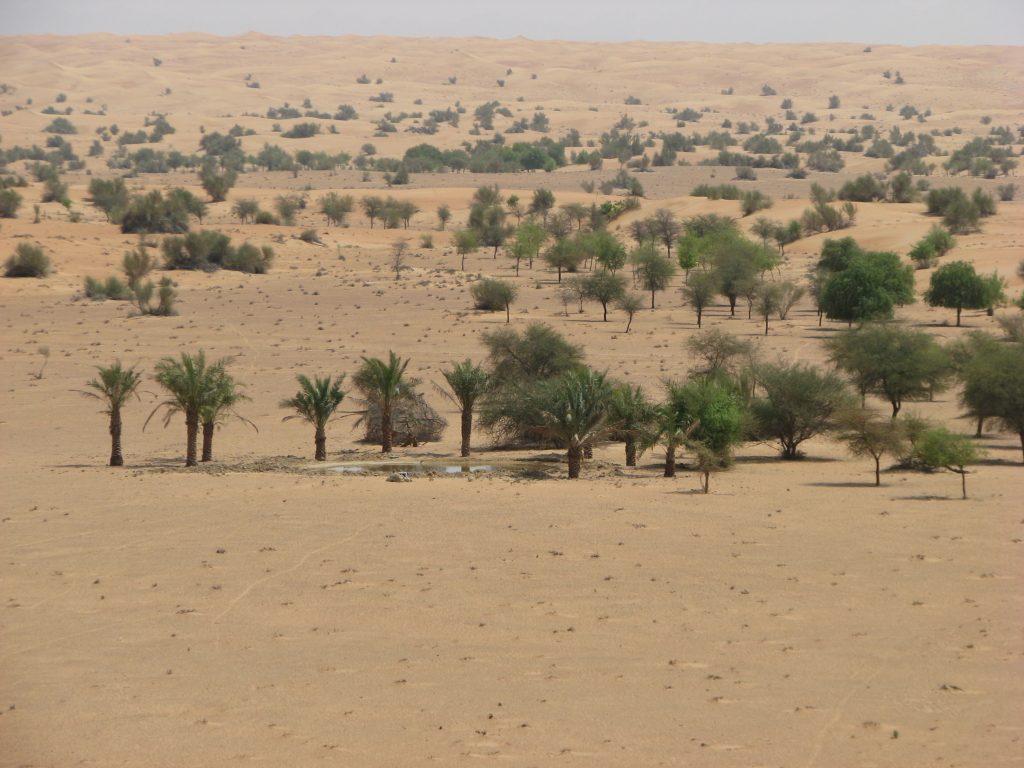
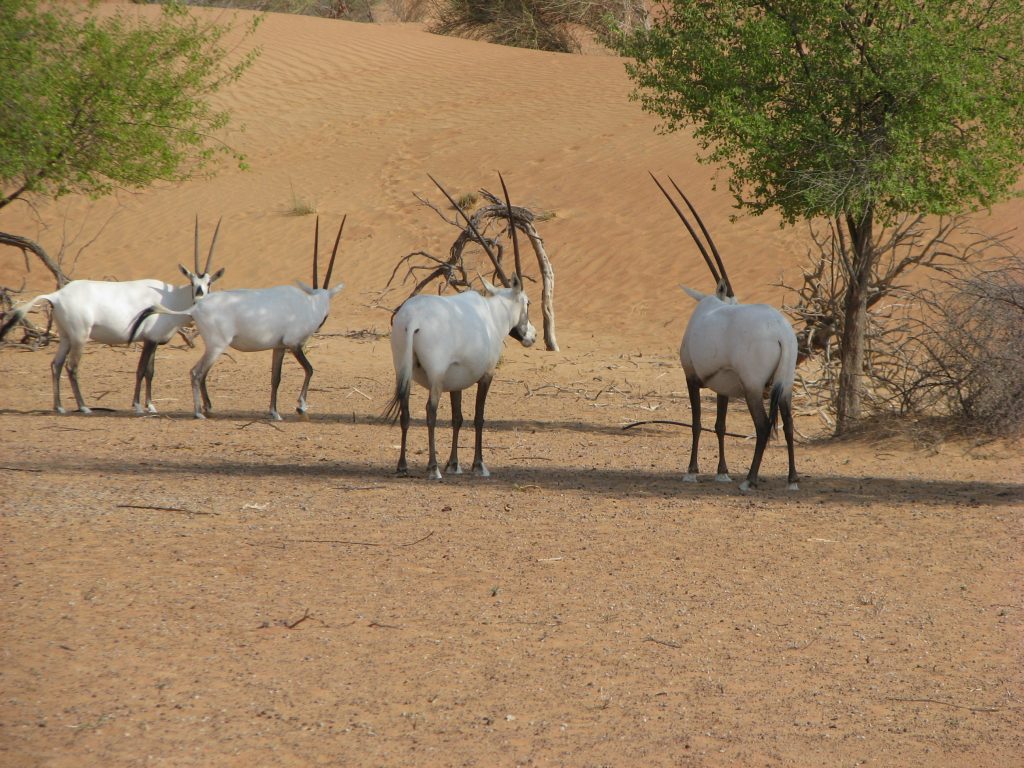
Preservation of the environment is core to their vision, and its success has been internationally acknowledged, with awards which range from The World Legacy Award from National Geographic, to the Arab Cities Award for Architecture, and Best Structure for Environmental Design, well before environmental issues were topical, and seen as critically important.
Out of Al Maha’s success the Dubai Desert Conservation Reserve (DDCR) was formed, with the resort the centerpiece. Sponsored by Emirates Airline, and managed by Al Maha’s dedicated team of Conservation Officers on behalf of the Government of Dubai, they for and nurture nearly 5% of Dubai’s total land area, conserving the remaining wildlife in one of the worlds’ fastest-developing region.
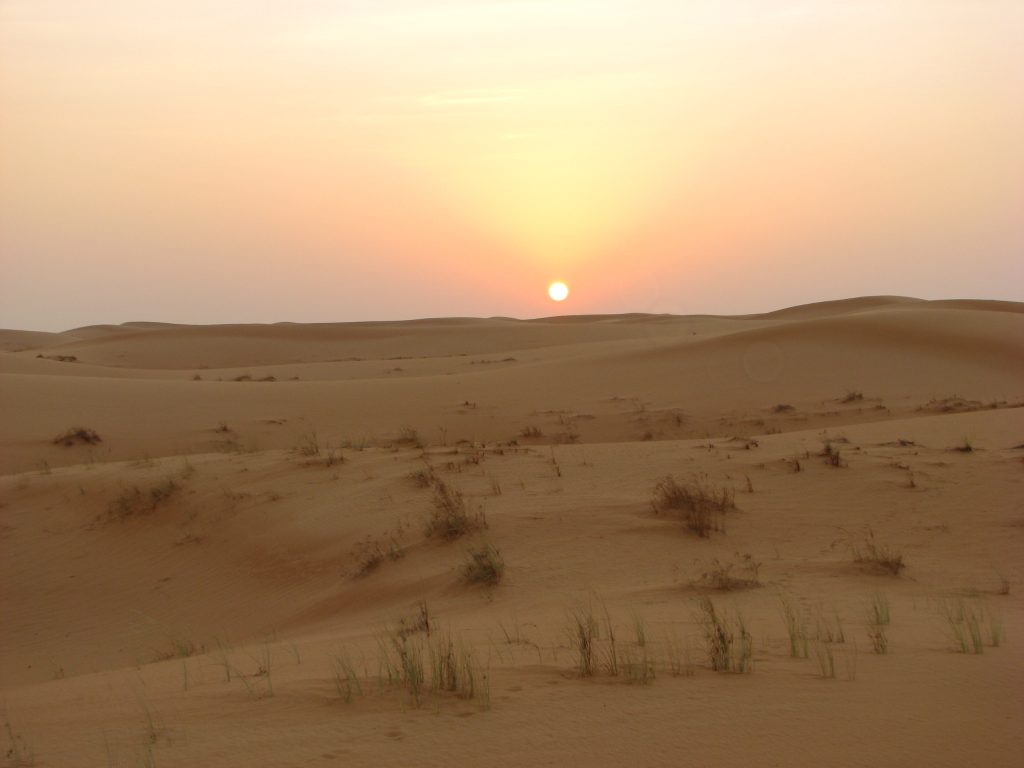
Conservation efforts are extensive, ongoing and scientifically thorough. Set within the countries’ first National Park, the Dubai Desert Conservation Reserve (DDCR), this project has brought about the preservation and protection of delicate desert ecosystems, and their uniquely adapted flora and fauna. Al Maha’s field guides, many of the South Africans, are highly trained in upholding best practices while providing the very best of desert experiences; direct, personal and enlightening first-hand encounters with this desert sanctuary and all it contains. My wildlife drive through the beautiful desert landscape gave me the unique opportunity of getting relatively close to the free-roaming Arabian Oryx as well as the Arabian Gazelle in the reserve.
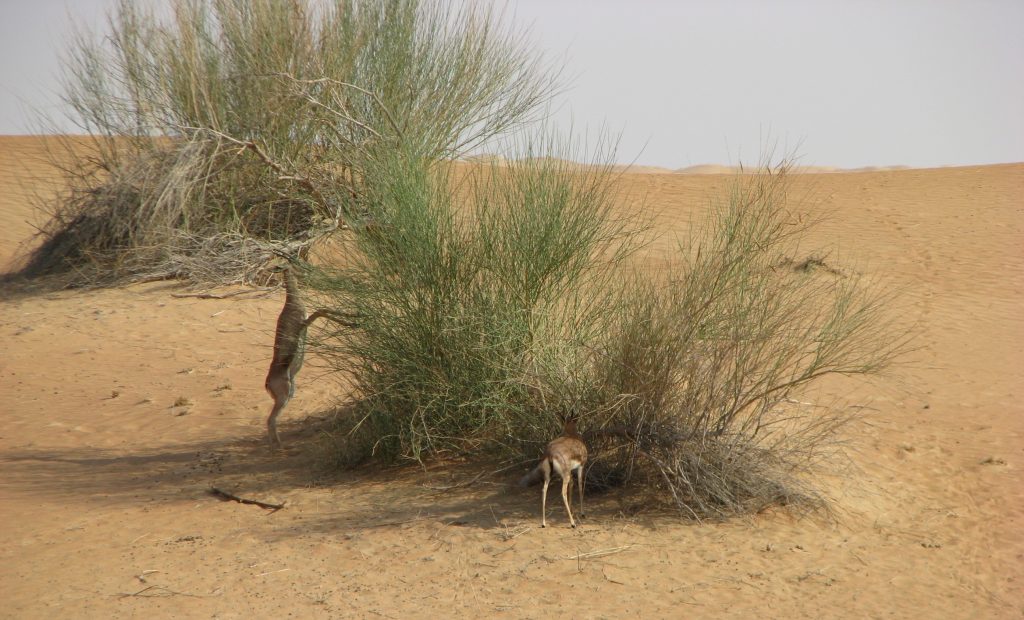
The Arabian Oryx, hunted to the brink of extinction over the 1940’s – 60’s, was declared ‘endangered’ by the 1970’s. Saved only by the efforts of Dubai’s then Ruler, the late Sheikh Rashid, the last remaining populations were captured and trans-located to the USA, where they were bred under secure conditions. Then in 1997, with the planning of Al Maha progressing, the then Crown Prince, now Ruler of Dubai and Prime Minister of the UAE, Sheikh Mohammed bin Rashid Al Maktoum, funded the first reintroduction of this symbolic animal (Al Maha is Arabic for the Oryx), with the return to the wild of Al Maha’s first Oryx herd, bringing back over 100 of the decedents of that group which, decades before, had started the long road back to survival in America. Today nearly 300 Arabian Oryx, the largest free-roaming herds in Arabia, are a testament to the knowledge and care shown by Al Maha’s team of conservation specialists.
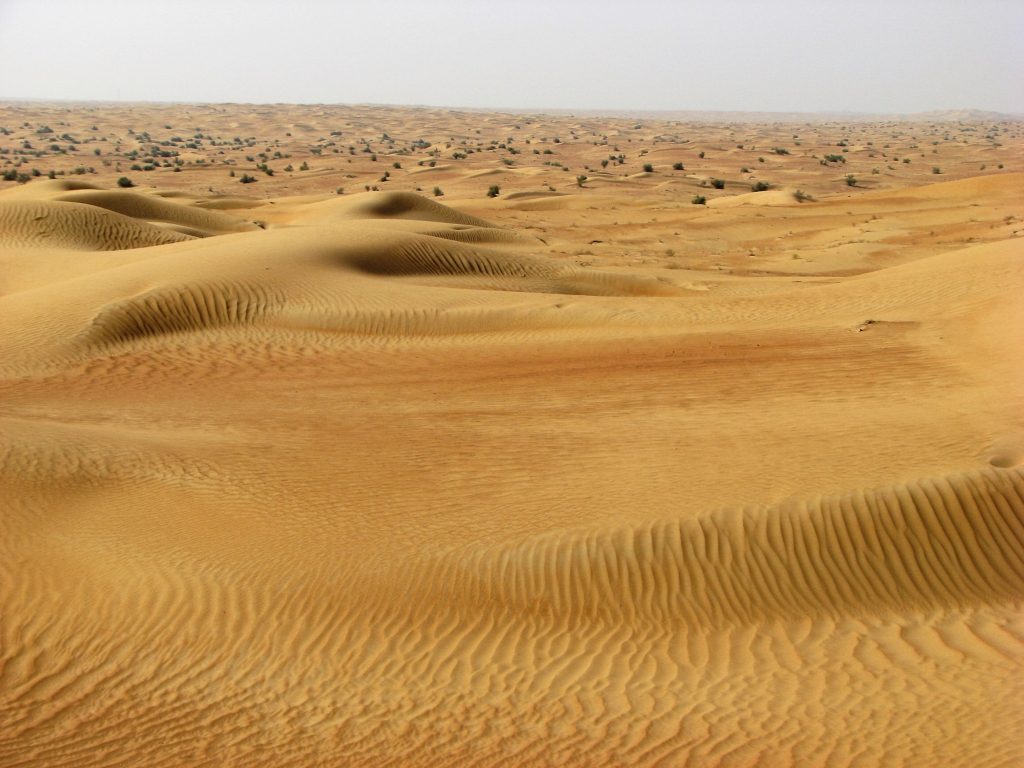
Water is a precious resource and nowhere more so than in the desert – the annual rainfall is minimal, between 150 – 200mm per annum. Fortunately there underground water which is accessed through boreholes. Every drop is precious and the grey water from the Resort is recycled to water the trees and gardens. This is done by drip irrigation so as not to waste even a drop. There are seven watering points in the desert near the resort for the animals, including two man-made lakes. Other environmental initiatives include solar panels for the staff quarters – these haven’t been used for guests as it is difficult to regulate the temperature in the summer as the water gets too hot!
Towels and linen in the guest suites are not washed daily unless requested. Water and electricity consumption is measured on a monthly basis to keep control on its usage – electricity is expensive as comes from Saudi Arabia, to Dubai and then to Al Maha. Despite the heat, air-conditioners are turned off in areas not in use.
The best time of day for activities is early morning or late afternoon. An ideal early morning activity is to go on a guided nature walk led by one of the field guides alternatively a falconry display in the early morning light is to be recommended. The thing I enjoyed most was the educational factor, this was no showy display, but an in depth lesson on the history and tradition behind the art of falconry. The Saker Falcon was traditionally used by the Bedouins to hunt Houbara bustards. This tradition started about 2000 years ago when they saw falcons attacking these larger birds in the air and learnt to capture the Saker falcons, train them and then use them for hunting. Houbara bustards are extinct in the UAE and as a conservation measure 150 of these birds have been released into the conservation area.
Falconry is now very much a sport in the region, but was once part of the culture and an essential part of supplying food. Al Maha are involved in a programme to release illegally traded falcons into the wild. Jazeera, one of the falcons used for the display, was an illegally wild caught falcon that was released but decided to stay.
Perhaps the fresh quail she gets fed is more to her taste than going out hunting on her own. Each of the falcons is fed according to their weight and they are fed disease free quail farmed specifically for this purpose. They need to eat bones, feathers as well as the flesh – feathers for digestion and bones for calcium.
Most visitors to this part of the world want to go on a desert safari – ‘dune bashing’ as it’s sometimes called. There are operators that offer this experience on a large scale, but personally would opt for the more personal attention and care that is shown by the guides driving through some of the more isolated parts of the Al Maha reserve. Up and down dunes in a four-wheel drive, a thrilling adventure for sure, but safe in the knowledge that the person behind the wheel has the fauna and flora of the desert in mind too.
All too soon I was packing my bag and saying goodbye to my luxury Bedouin suite, its graceful interior scattered with regional antiques and artefacts, along with binoculars and an easel should you be artistically inclined. Reminders of its Bedouin tent origins plain to see with ropes and tassles seemingly holding it all together.
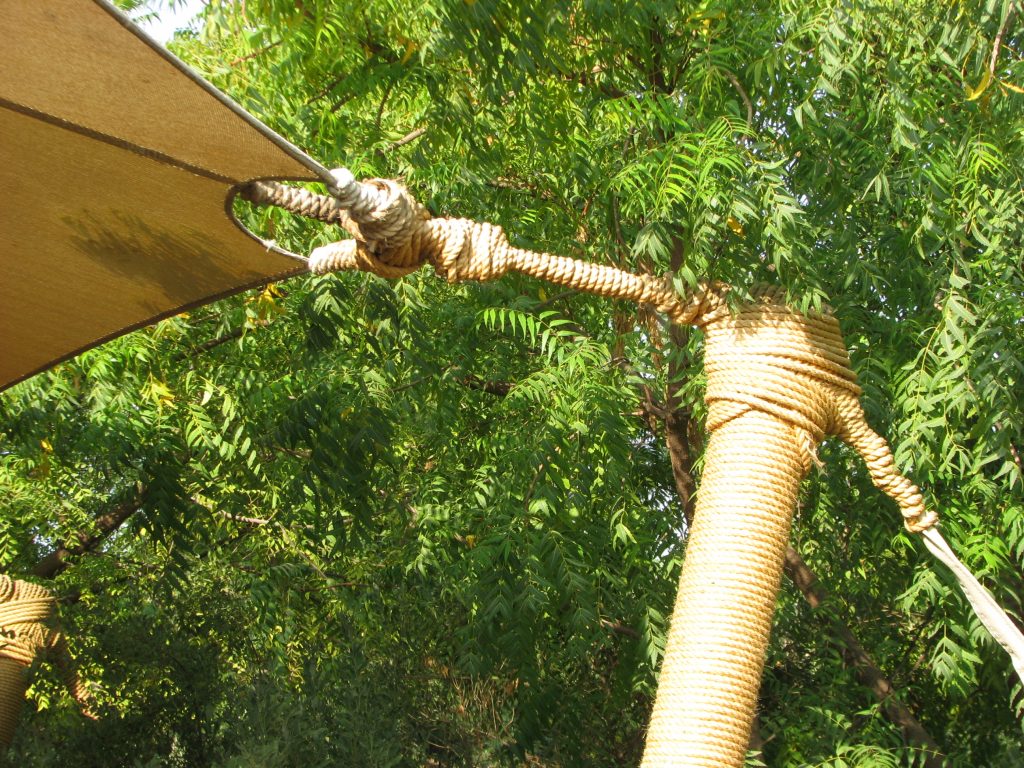
One last glance at my private pool with its never ending vista of dramatic desert views before stepping out into the heat.
Make sure you get to see the real, and-modern, Dubai when you visit, and if you haven’t got time for an Al Maha stay, then at least do a desert safari the authentic way.
